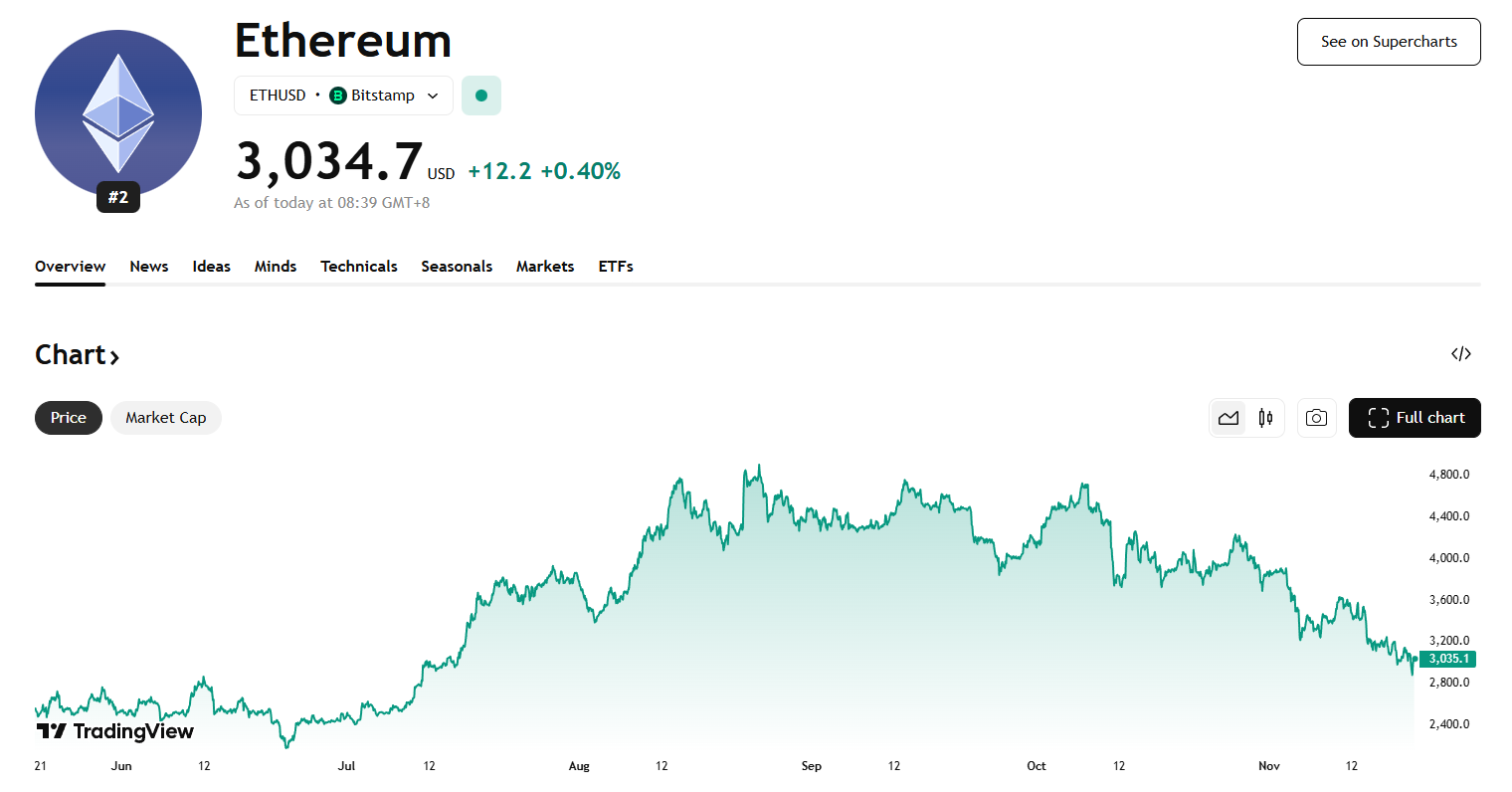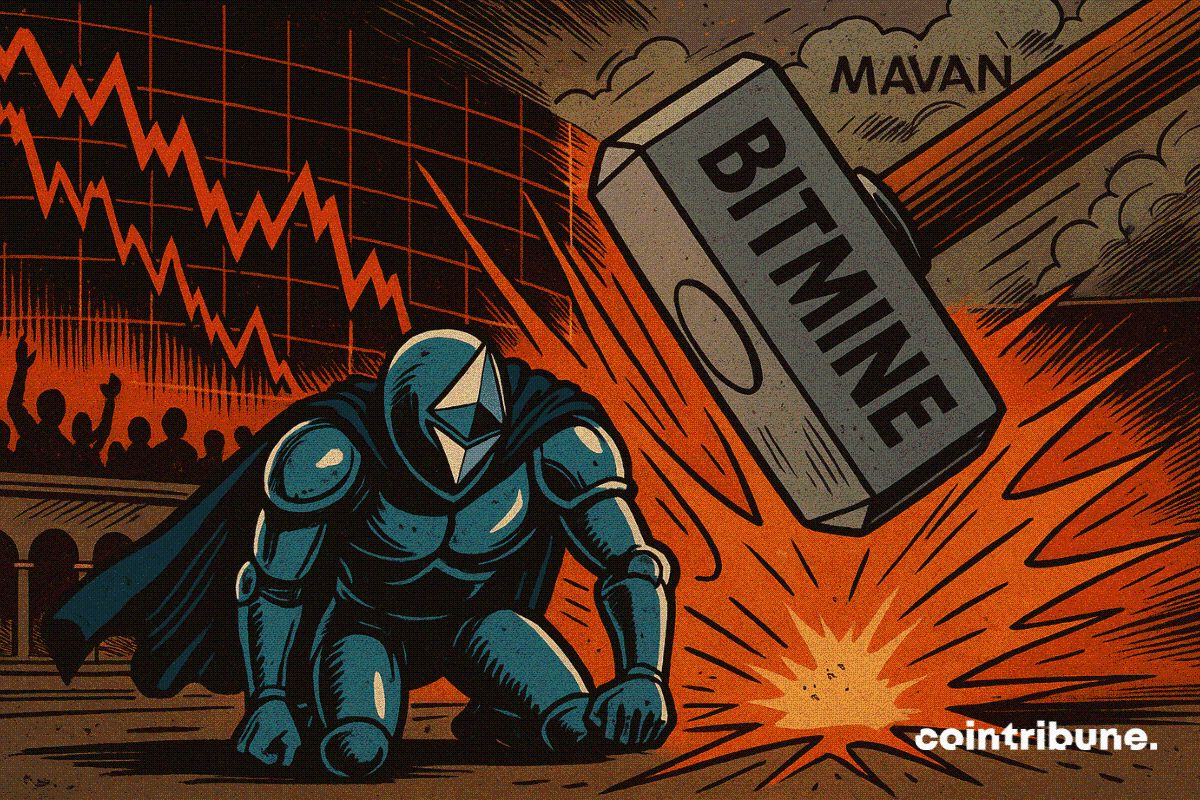Quantum-Resistant Crypto Assets: The Next Frontier in Risk Mitigation
- Ethereum co-founder Vitalik Buterin warns quantum computers could break modern cryptography by 2030 with 20% probability, accelerating timelines for systemic risk in blockchain and finance. - NIST finalized quantum-safe cryptographic standards (HQC, CRYSTALS-Dilithium) in 2024-2025, driving institutional adoption of quantum-resistant (QR) infrastructure ahead of its 2035 mandate. - Projects like Starknet (Poseidon hash) and QRL (SPHINCS+ signatures) lead QR innovation, with QRL seeing 33% price surge in
The digital economy is at a crossroads. As quantum computing advances, the cryptographic foundations of blockchain and global finance face an existential threat. Ethereum co-founder Vitalik Buterin has sounded the alarm, estimating a 20% probability that quantum computers could break modern cryptography by 2030—a timeline far earlier than most prior forecasts [1]. This urgency has shifted the conversation from theoretical speculation to strategic action, with investors and institutions now prioritizing quantum-resistant (QR) crypto assets as a critical hedge against systemic risk.
The Quantum Threat: A Shorter Timeline Than Expected
Buterin’s warning is rooted in accelerating progress in quantum research. Platforms like Google’s Willow processor and Microsoft’s Majorana 1 chip have pushed the boundaries of quantum computational power, compressing timelines for breaking RSA and ECDSA algorithms [2]. These algorithms underpin not only cryptocurrencies like Bitcoin and Ethereum but also critical infrastructure, from banking systems to supply chains. The 2030 deadline, while still a decade away, demands immediate preparation.
NIST’s PQC Standards: A Regulatory Catalyst
The U.S. National Institute of Standards and Technology (NIST) has emerged as a linchpin in the transition to quantum-safe systems. In March 2025, NIST finalized HQC (Hqc) as a standardized post-quantum cryptographic (PQC) algorithm, with FIPS 203, FIPS 204, and FIPS 205 (based on CRYSTALS-Dilithium, CRYSTALS-KYBER, and SPHINCS+) published in August 2024 [3]. These standards are not just technical milestones—they are regulatory signals. Governments and enterprises are now aligning with NIST’s 2035 mandate for quantum-safe infrastructure, creating a clear roadmap for adoption [4].
Quantum-Resistant Protocols: Starknet and QRL Lead the Charge
Among the pioneers in quantum resilience, Starknet and Quantum Resistant Ledger (QRL) stand out. Starknet, a Layer 2 solution for Ethereum, has transitioned from the Pedersen hash to the quantum-resistant Poseidon hash, while its account abstraction framework ensures endpoint-level security [5]. Meanwhile, QRL has integrated NIST-standardized SPHINCS+ signatures and attracted institutional attention, with its token price surging 33% in June 2025 amid heightened quantum risk awareness [6].
Institutional adoption is accelerating. Starknet’s 2024 performance upgrades—boosting TPS to 500 and slashing gas fees—have solidified its position as a scalable quantum-safe platform [7]. QRL, meanwhile, has partnered with startups like Project Eleven to develop quantum-resistant smart contracts for Bitcoin and DeFi [8]. These projects are not fringe experiments; they are part of a $1.15 billion PQC market projected to grow to $21.27 billion by 2034 [9].
The ROI Case: Hedging Against a $21 Billion Opportunity
The financial rationale for quantum-resistant assets is compelling. QRL’s 33% price surge in 2025 and Starknet’s $100 million in 2025 funding underscore growing demand [10]. For long-term investors, the NIST 2035 mandate creates a defensible timeline for ROI. A 5% annual growth rate in quantum-safe assets could yield cumulative returns of 238.64% by 2050 [11]. This is not speculative—it is a response to a $21.27 billion market opportunity, driven by institutions seeking to future-proof their portfolios [12].
Strategic Foresight: The Cost of Inaction
The cost of ignoring quantum risk is not just technical—it is financial. A 2030 quantum breakthrough could render billions in digital assets obsolete overnight. By contrast, early adopters of quantum-resistant protocols are positioning themselves to capitalize on a structural shift. As Buterin noted, “The window to act is closing faster than we anticipated” [1]. For investors, the imperative is clear: quantum-resistant crypto assets are no longer a niche play—they are a cornerstone of proactive portfolio hedging.
Source:
[1] Ethereum scientist warns 20% chance quantum computers could break crypto by 2030
[3] NIST Post-Quantum Cryptography Standardization
[4] NIST Post-Quantum Cryptography Standardization
[5] Quantum Computing Is Coming: Is Starknet Prepared?
[6] Quantum Resistant Ledger (QRL) price Prediction [https://www.bitget.com/price/quantum-resistant-ledger/price-prediction]
[7] Starknet 2024: From closing the gap to dominating the L2 landscape
[9] The Urgent Case for Post-Quantum Crypto Assets
[10] The Urgent Case for Post-Quantum Crypto Assets
[11] High-Conviction Crypto Security Investments for 2025
[12] The Urgent Case for Post-Quantum Crypto Assets
Disclaimer: The content of this article solely reflects the author's opinion and does not represent the platform in any capacity. This article is not intended to serve as a reference for making investment decisions.
You may also like
Hotcoin Research | Fusaka Upgrade Approaching: Analysis and Outlook on Ethereum Long and Short Positions
This article will review Ethereum's recent performance, provide an in-depth analysis of the current bullish and bearish factors facing Ethereum, and look ahead to its prospects and trends for the end of this year, next year, and the medium to long term. The aim is to help ordinary investors clarify uncertainties, grasp trends, and provide some reference to support more rational decision-making during key turning points.

Crypto Market Surges as Bitcoin Rebounds and Privacy Coins Shine
In Brief Bitcoin rebounded over the weekend, testing the $86,000 mark. Privacy-focused altcoins Monero and Zcash showed notable gains. Total market value surged, crossing the $3 trillion threshold again.

Crypto Markets Rebound as Traders Signal Seller Fatigue
In Brief Crypto markets rebounded amid significant liquidations and oversold RSI signals. Weekend trading conditions with thin liquidity influenced rapid price shifts. The rebound's sustainability remains uncertain, prompting scrutinous investor attention.

Cardano : Network security questioned after a major incident
